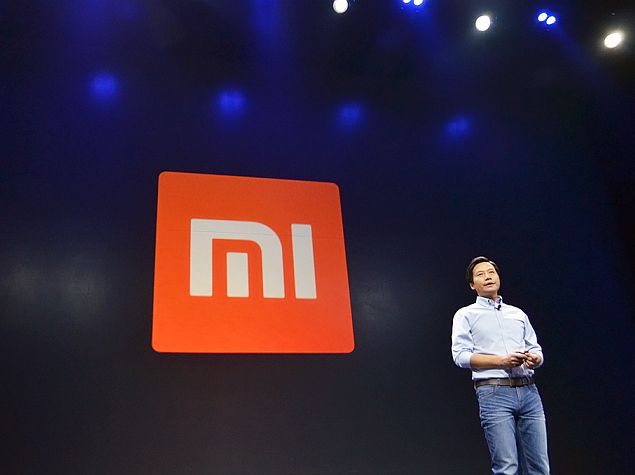With MediaTek and Qualcomm as the suppliers, Xiaomi’s component inventory, which is roughly comparable to 20–30 million smartphones, is exhibiting the most severe excess in terms of CPUs.
Due to sluggish demand, Xiaomi and the majority of Android businesses run the risk of having excessive inventories. For instance, it might take till June for Samsung’s global mobile phone inventory, which includes both finished goods and componentry.
Due to supply agreements made during the 2020–2022 shortfall, Android component suppliers with significant pricing power can transfer excess inventory to brands, agencies, and distributors. While this might temporarily reduce inventory levels, the high amounts of inventory held by brands, agents, and distributors may lead to sluggish component demand over the next quarters.
Even if component inventory levels fall to a manageable level, the weak demand from brands, agents, or distributors for the majority of components would probably cause a YoY shipping loss over the next 6 to 9 months at the very least, which might have a negative effect on stock values.
The market share of some component suppliers is declining as a result of the introduction of new competitors, which is changing the competitive landscape. Hence, they still confront the challenge of slowing growth or recession in the medium and long terms, even if future demand rises as a result of the economic recovery.






